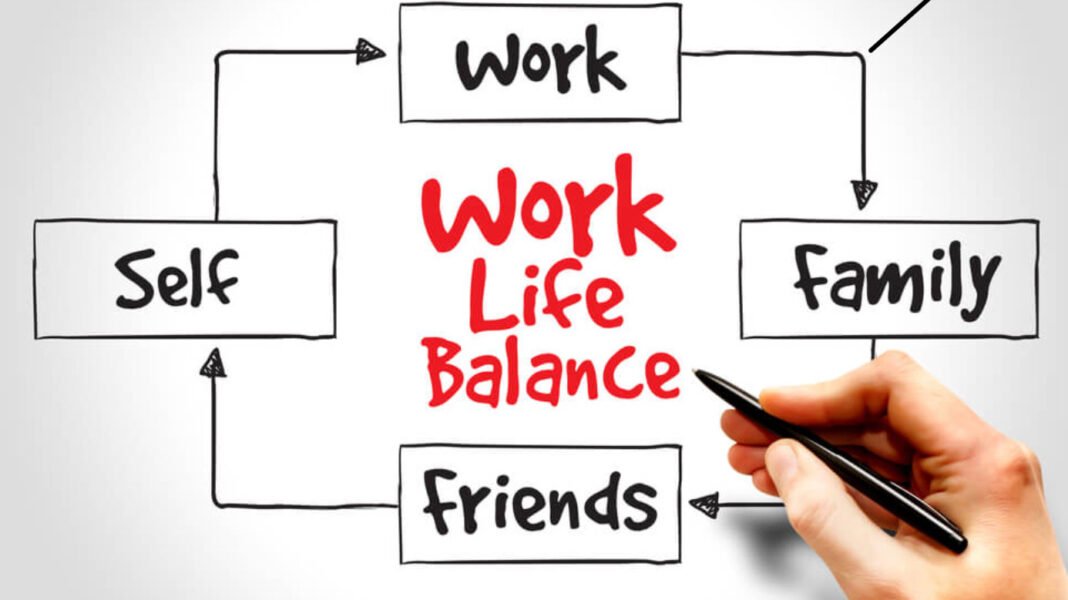In today’s fast-paced world, achieving a healthy work-life balance can be a challenging task. With the demands of work, family, and personal responsibilities, many people find themselves feeling overwhelmed and stretched thin. However, maintaining a balance between your professional and personal life is crucial for your overall well-being and happiness.
Set Clear Boundaries
One of the first steps to achieving a healthy work-life balance is to set clear boundaries between your work and personal life. Establish specific work hours and stick to them. Avoid bringing work-related tasks home whenever possible. By defining these boundaries, you can create a clear separation between your professional and personal life, reducing the risk of burnout.
Prioritize Your Tasks
Effective time management is essential for maintaining balance. Prioritize your tasks by importance and deadline. Focus on completing high-priority assignments during your most productive hours. This will help you accomplish more in less time, leaving you with more free time to relax and spend with loved ones.
Learn to Say No
Many people struggle to say no when asked to take on additional work or commitments. While it’s essential to be a team player, it’s equally crucial to recognize your limits. Politely decline tasks that would overload your schedule or negatively impact your work-life balance. Remember, saying no is not a sign of weakness but a sign of self-awareness.
Take Regular Breaks
Taking short breaks throughout the workday can significantly boost your productivity and reduce stress. Use these breaks to clear your mind, stretch, or take a walk. Disconnect from your work emails and phone calls during your breaks to fully recharge. Even a 10-15 minute break can make a world of difference in how you feel and perform.
Delegate and Collaborate
You don’t have to do everything on your own. Delegate tasks at work when possible and collaborate with colleagues to lighten your workload. Similarly, involve family members in household chores and responsibilities. Sharing the load will not only make your life easier but also strengthen relationships.
Invest in Self-Care
Self-care is not a luxury but a necessity for maintaining a healthy work-life balance. Make time for activities that rejuvenate you, whether it’s reading, exercising, meditating, or pursuing a hobby. Prioritizing self-care allows you to recharge and better handle life’s challenges.
Disconnect from Technology
In today’s digital age, it’s easy to be constantly connected to work through smartphones and laptops. To achieve a healthy work-life balance, establish “tech-free” times or zones. Turn off work-related notifications outside of your designated work hours, and avoid checking your email or social media accounts compulsively.
Plan Quality Family Time
Spending quality time with loved ones is a vital component of a balanced life. Schedule regular family activities or outings to create cherished memories. Put away your devices during these moments to be fully present and engaged with your family.
Learn to Compartmentalize
Compartmentalization is the ability to focus on one task or aspect of your life at a time. When you’re at work, concentrate on work-related tasks, and when you’re at home, focus on your personal life. Avoid letting work-related stress spill over into your personal time, and vice versa.
Seek Support and Flexibility
Don’t be afraid to seek support from your employer or family members when you need it. Many companies offer flexible work arrangements, such as remote work or flexible hours, to help employees achieve a better work-life balance. Discuss your needs with your employer to explore available options.
Conclusion
Achieving a healthy work-life balance is an ongoing process that requires commitment and effort. By setting clear boundaries, prioritizing tasks, and practicing self-care, you can create a more balanced and fulfilling life. Remember that a balanced life not only benefits your well-being but also enhances your productivity and relationships.

